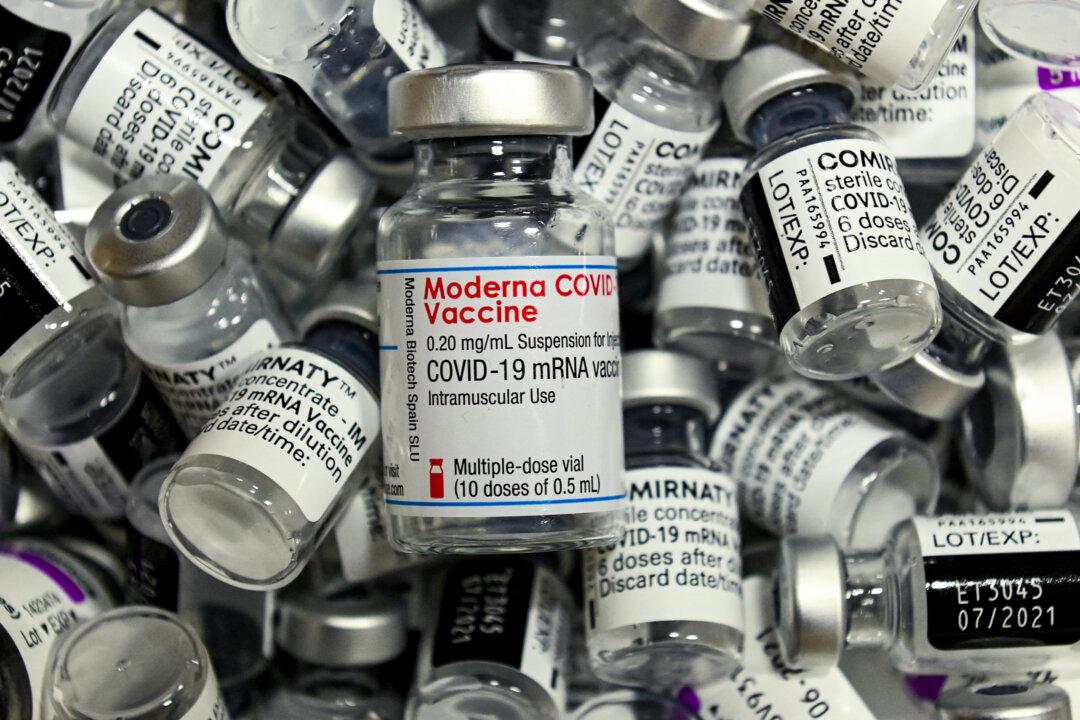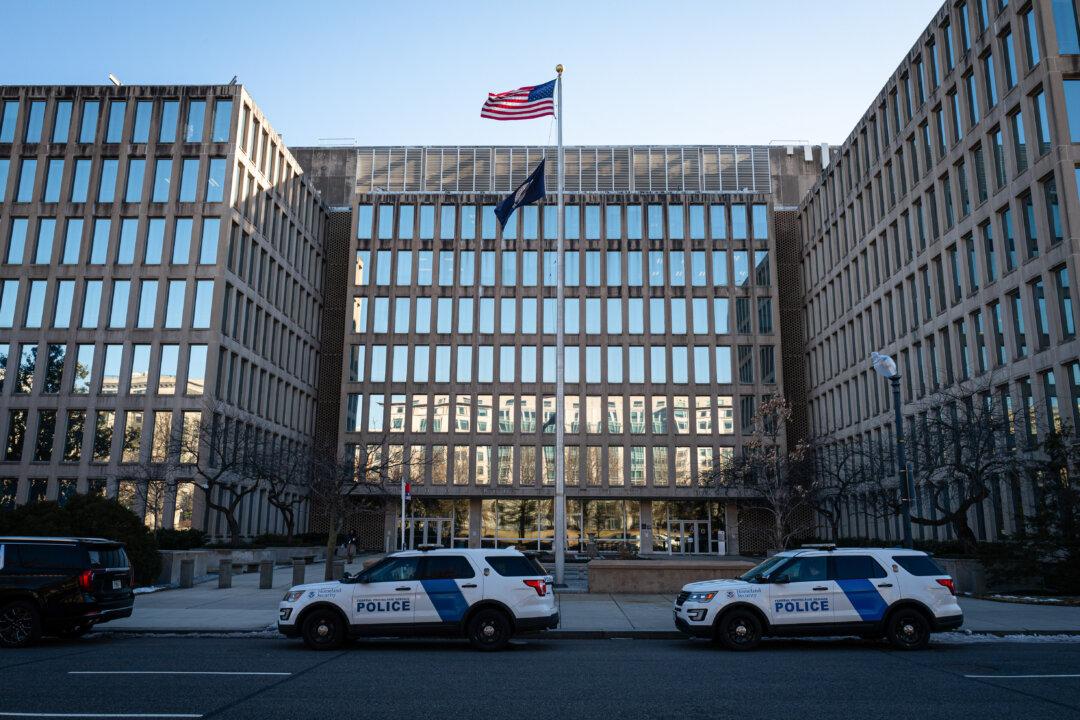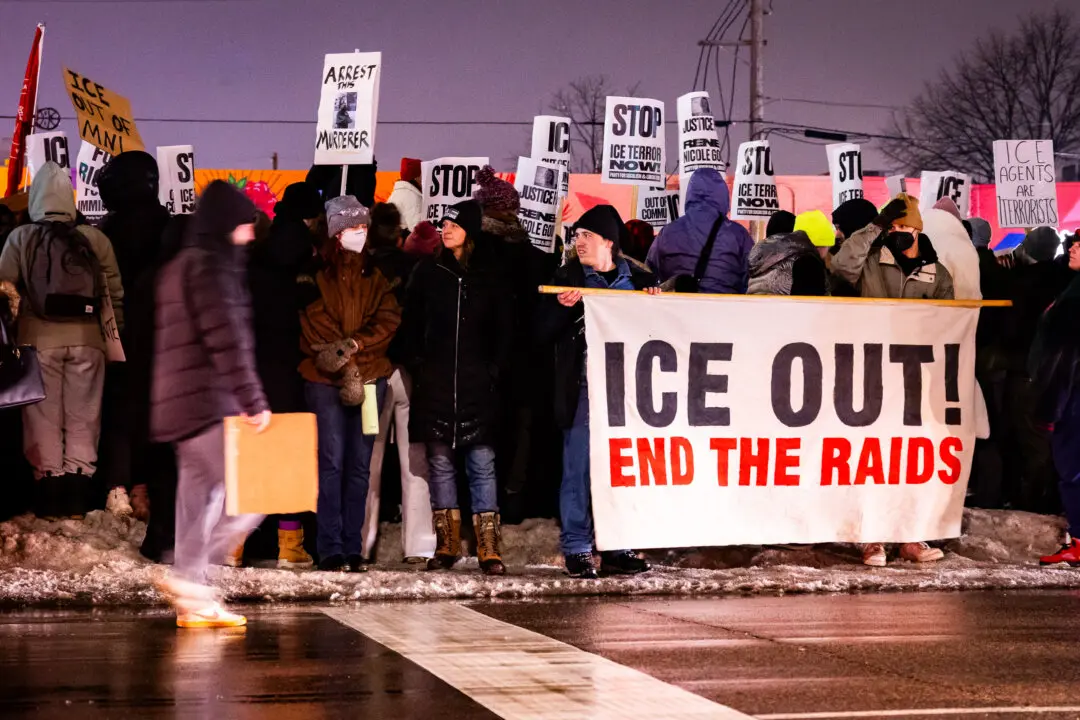Health officials and mainstream media spread meritless claims about the safety and effectiveness of COVID-19 vaccines, while clinical trials of the vaccines were “fraudulent” and several studies after their rollout were “significantly” biased, according to research group PANDA.
In October 2022, PANDA called the COVID-19 vaccination campaign “a failed experiment.” The organization said in a recent update that it still stands by this assessment and outlined its concerns regarding the vaccines.






